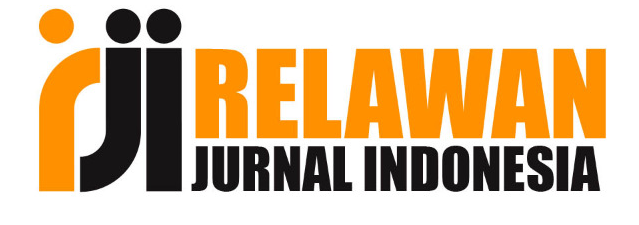Sistem Penentuan Lokasi Pusat Layanan Terpadu Bagi Penderita Penyakit Demam Berdarah Dengan Menggunakan K-Means Clustering
DOI:
https://doi.org/10.36982/jiig.v11i2.1225Abstrak
Puskesmas is a functional organizational unit that organizes comprehensive, integrated, equitable health efforts that are acceptable and affordable to the community. The function of the puskesmas is to provide health services to the community through the Community Health Efforts (UKM) and Individual Health Efforts (UKP) programs which are at the forefront of providing health services to the community, especially the prevention and treatment of diseases. The disease is divided into 3 types namely infectious diseases or diseases caused by germs that attack the human body. This research will attempt to handle infectious diseases, namely dengue hemorrhagic fever (DHF). Dengue fever or dengue fever (abbreviated as DHF) is an infection caused by dengue virus. Mosquitoes or some types of mosquitoes transmit (or spread) dengue virus. Then a computerized analysis using data mining software that supports the flow of data and information in accordance with the needs of handling dengue fever from these processes and the selection of a more suitable method is used that is using K-Means clustering.
Keywords : The location determination system, dengue faver, K-Means Clusterring
Referensi
Al Fatta, Hanif. 2007. Analisis dan Perancangan Sistem Informasi untuk Keunggulan Bersaing Perusahaan dan Organisasi Modern. Yogyakarta : Penerbit ANDI.
Bastian, Ade. 2018. Penerapan Algoritma K-Means Clustering Analysis Pada Penyakit Menular Manusia (Studi Kasus Kabupaten Majalengka. Majalengka: Universitas Majalengka
Chopra, S. and Meindl, P. 2001. Supply Chain Management : Strategy, Planning and Operation. New Jersey : Prentice-Hall, Inc.
Feng, M., & Wang, Z. 2011. A genetic k-means clustering algorithm based on the optimized initial centers. Computer and Information Science, 4(3).
Hiswani. 2003. “Pencegahan dan Pemberantasan Demam Berdarah Dengue (DBD)â€. Tersedia di : http://www.library.usu.ac.id/download/fkm/fkm-hiswani9.pdf
Mannino,M.V.2001. Database Application Development & Design. New York : McGraw-Hill
Martinez, R. 2007. “Geographic Information System for Dengue Prevention and Controlâ€. Scientific Working Group, Report on Dengue, 1-5 October 2006, Geneva, Switzerland, Copyright © World Health Organization on behalf of the Special Programme for Research and Training in Tropical Diseases. Tersedia di : http://www.who.int/tdr/publications/public ations/ swg_dengue_2 .htm
McLeod, Jr., R. dan Schell, G. P. 2008. Sistem Informasi Manajemen Terjemahan. Jakarta : Salemba Empat.
Rob, P. and Coronel, C. 1993. Database Systems : Design Implementation and Management. Belmont: Wadsworth.
Siregar, F. A. 2004. “Epidemiologi dan Pemberantasan Demam Berdarah Dengue di Indonesiaâ€. Tersedia di : http://library.usu.ac.id/download/fkm/fkm-fazidah3.pdf
Wahyudi, Bambang. 2008. Konsep Sistem Informasi dari BIT Sampai ke Database. Yogyakarta : Andi.
Waworuntu, M N Variestha. 2018. Penerapan Metode K-Means Pemetaan Calon Penerima Jamkesda. Banjarbaru: STMIK Banjarbaru
Yourdon, Edward. 2006. Just Enough Structured Analysis. Tersedia di : http:// www.yourdon.com/ jesa/pdf/JESA_pj.pdf [12 Maret 2000]
Unduhan
Diterbitkan
Cara Mengutip
Terbitan
Bagian
Lisensi

This work is licensed under a Creative Commons Attribution-ShareAlike 4.0 International License.











